Generally speaking, I’m not a fan of esoteric wellness trends. Smudge sticks make me cough, I take my lattes turmeric-free, and I believe you should only use the word “journey” when you’ve physically travelled somewhere. Which is to say, I’m a fairly unlikely candidate for crystal light bed therapy.
And yet.
I’m lying on a massage table in a soothingly dark room in New York’s upmarket Chelsea as an elegant woman called Emma adjusts seven pointy, glowing crystals above me. According to Emma, each of the crystals is aligned to one of the seven chakras or “energy centres” found throughout the body.
Today we’ll be focusing on my root chakra, which is kind of like the beginner, training wheels chakra. Clearing the root chakra will apparently help me to feel more grounded and give my organs “a sense of security, safety and love, encouraging them to do their best”. (I feel a pang of remorse for neglecting them thus far, but that’s okay, because the crystals promise to release me from guilt, too.)
Welcome to Modrn Sanctuary, alternative wellness spa and home to the cult, $9000 crystal light bed I’m about to try.
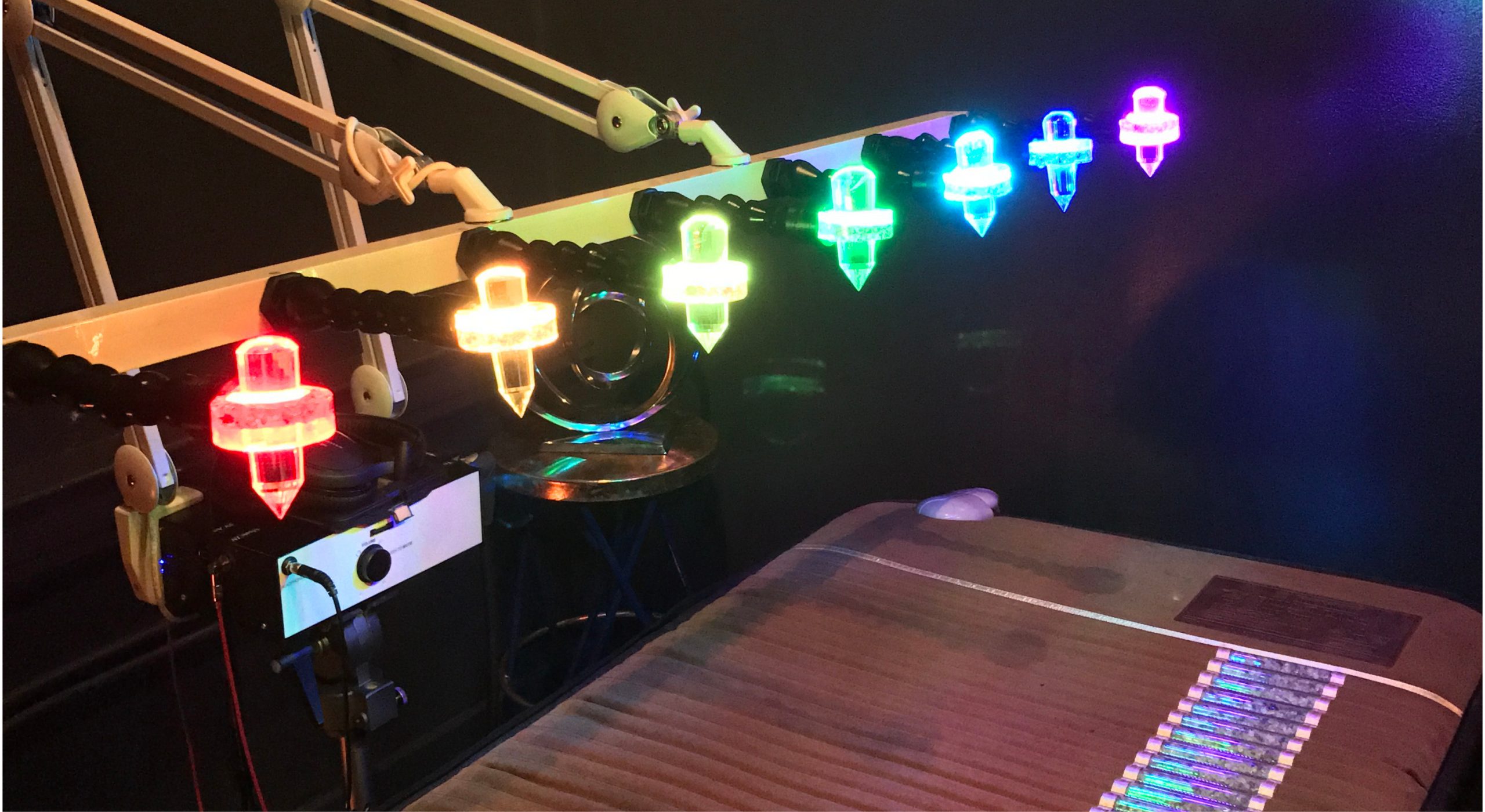

Crystal light therapy has gained mainstream attention over the past decade thanks to a Brazilian faith healer called John of God who counts high-profile women like Oprah and Marina Abramovic among his fans (at least, he did before he became involved in a #metoo scandal late last year). Like many slightly fringe, New Age practices, crystal light therapy has received an Instagram-friendly makeover thanks to luxe, holistic wellness centres like this one.
With its sleek black walls, orchid-abundant waiting room and polished attendants – the kind of women who make silk pyjamas look like a chic daywear option instead of, well, pyjamas – Modrn Sanctuary feels very far from the hippy-ish crystal cult of my parents’ generation.
Once the crystals are “aligned”, I put on a pair of headphones that play binaural beats, to help heighten the experience, which Emma describes as an “immersive meditation” that can help with everything from sleep disorders to anxiety and the emotional pain of a break-up.
Underneath me, a warming, amethyst-infused mat that looks like a large heatpad (the amethysts are inside) vibrates in time to the music. As I slip on an eye mask, I receive a brief intro from the female audio guide. “The only way to experience the treatment is to let go,” instructs Spiritual Siri. “The energy bath will happen slowly at first and then all at once.”
We start out with a soundtrack of rain and Tibetan singing bowls while a heavy, rhythmic thud starts around the chest and radiates outward toward the rest of the body. I feel like I’ve gotten a bit too close to the speakers at an incredibly chill concert. As the session progresses, the vibrations move around the table and the heated mat induces a cozy, tranquil state akin to napping at the beach – on the brink of sleep, but conscious enough to leap into action should anyone threaten to steal my iPhone.
I feel like I’ve gotten a bit too close to the speakers at an incredibly chill concert.
I’d heard stories from other crystal bed enthusiasts, former non-believers who’d been converted by inexplicably cathartic experiences. One friend had tried it on a whim and was surprised to discover that she immediately burst into tears. Many describe feeling slightly off-balance, or lightheaded afterward.
“When a lot of energy is transferred into your body, more than you’re expecting or ready for, it can shake things up a bit and even make you hallucinate,” Emma tells me. There are no tears or hallucinations, but I do get a pleasant tingling sensation in my scalp. After what feels like just a couple of minutes (it’s been 30), it’s time to vacate the room – someone else needs their chakras tended to.
Unless you’ve been living under a rose quartz rock, you’ll have noticed that spiritual practices that were once the preserve of cool aunts who spent the ‘70s in Goa have been gaining traction with the masses.
Everyone from celebrities to fashion designers and fitness gurus are declaring their allegiance to crystals. Adele blamed her 2016 Grammy’s disaster on the fact that she forgot to bring her crystals, while Victoria Beckham keeps a piece of black obsidian on her person at all times (Beckham even built special crystal pockets into the trousers of one of her pre-fall collections). Crystals are everywhere, from the chic beauty products of Herbivore Botanicals to hotel lobbies.
“All this stuff that felt so hippy-ish and ‘70s is now absolutely the number one wellness trend in the West,” says Beth McGroarty from the Global Wellness Institute, which looks at key trends and developments within the industry. “Millennials and younger people are changing what they want out of wellness. They have less recognition for the big destination spas and they’re much more obsessed with the guru approach… Some people will laugh at Gwyneth Paltrow and Goop, but people want that experience. Crystals, reiki, energy healing — the more kooky and wacky and out-there, the bigger it is right now.” Given the Global Wellness Institute estimated that the wellness industry was worth US$4.2 trillion in 2017, or 5.3 percent of global economic output, that’s a very significant shift.
Everything from rising anxiety levels, to a loss of faith in conventional medicine, to a desire for matriarchal mysticism in the age of fourth-wave feminism has been used to explain crystal-mania (remember when a coven of witches gathered to hex Trump?). McGroarty believes the shift is at least partly due to the fatigue caused by longer hours, reduced job security and constant connectivity. “There’s basically a feeling of triage, of ‘I need to get my head and body together’. I think the digital nightmare of constant connection to screens is what’s driving it.”
Emma Vidgen, the cofounder of Australian website The Wayward Co, which covers everything holistic and mystic, says that, in today’s secular society, crystals are often a “gateway to reconnecting with our spiritual life…I speak from experience when I say you can eat clean and work out and drink all the green juice but if you’re not connecting with what’s going on inside, you’ll only get so far.”
She adds that many mystic practices have evolved from “predictive techniques” to self-help tools. “Whereas in the past things like tarot have been used to predict the future, the big names in tarot like Lindsay Mack use it as tool for self-inquiry and reflection.” Crucially, she says, tarot, crystals and mysticism in general are focused on “being”, not “doing”. “They’re centred around being guided by intuition, on finding strength in your vulnerability and really reclaiming all these incredible aspects of femininity.”
Whatever the case, it’s clear that people are searching for something beyond what traditional modes of religion and medicine have to offer. At US$45 a session, 30 minutes with a crystal bed is significantly cheaper than any conventional therapy – which can be appealing in a country that has no universal healthcare system.
And there’s no denying the allure of social media. “We have gotten a lot of business that way,” says Emma. “When people see a really cool picture of something on Instagram, whether it’s the salt room or the crystal bed, it grabs their attention.” Is it just a coincidence that rose quartz is a pleasing shade of millennial pink, another key trend from the past five years? Perhaps, but the aesthetic appeal doesn’t hurt either. Mary-Kate and Ashley Olsen passed white quartz and black tourmaline around to editors ahead of The Row’s Autumn 2018 show, while even Kim Kardashian has gotten in on the trend, packaging her range of fragrances to resemble a giant piece of quartz.
While I didn’t feel noticeably different in the following days after my treatment or manifest any exciting new opportunities, it was nice to escape the daily grind and lie down in a quiet, attractive space with no visible washing pile. When people are working longer hours than ever and have fewer support systems to fall back on, perhaps a scheduled half-hour in which to think, nap, or cry is deeply healing indeed.
Collage: Millie Bartlett




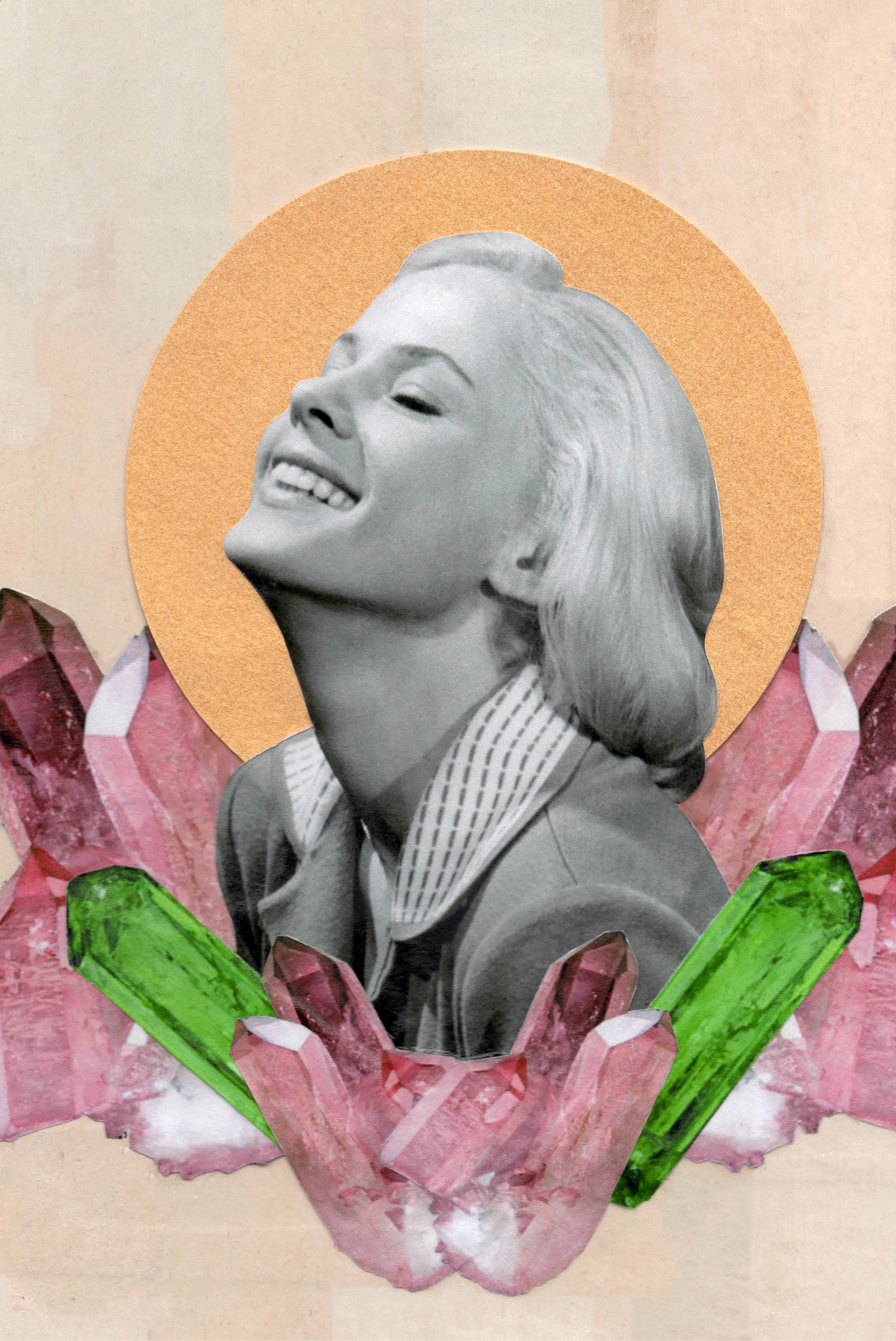
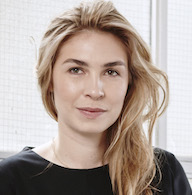


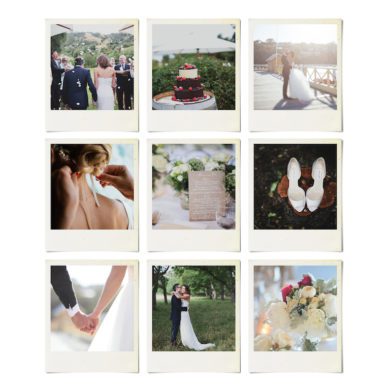
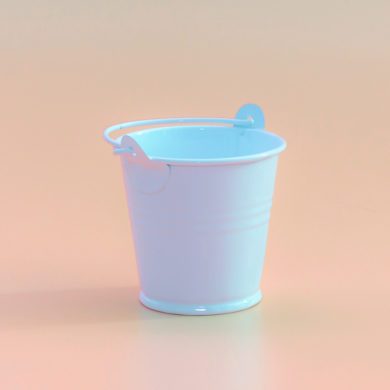



No Comments